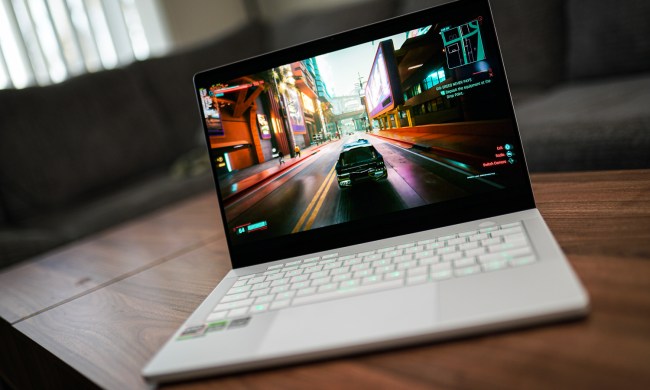
AMD’s Polaris 10 and 11 GPUs are the ones you’ll find in the likes of the RX 480 and RX 460, and they are noteworthy for their high performance with low power draw. They were designed more to supply a reduction in cost (both power and dollars) over the last generation than an increase in computing power.
If the rumors are true, however, we may see mid-generation GPUs using those same branded chips, but with refreshed internals that make them far more capable. WCCFTech writes that we will soon see embedded Polaris 11 cards with a power reduction from 75w to under 50w, as well as a 0.35 Tflop increase in raw performance, equating to around 15 percent.
Polaris 10 will see even bigger gains, we’re told, with the embedded version of that chip maintaining the 5.8 Teraflops performance found in the likes of the RX 480, but dropping its power requirements to under 95 watts.
These new Polaris 10 and Polaris 11 embedded GPUs will be marketed under the names E9550 and E9260, respectively, eventually entering the mobile market with some form of RX 4XX branding, though that won’t be for a few months. Such a significant dip in power requirements could offer mid-range gaming laptops much longer battery life.
Of course most gaming readers will be more interested to know if these graphics chips will end up in the desktop market, too. While that hasn’t been confirmed as of yet, we do hear rumors that these could form part of the new range of products released as part of the Vega 10 and Vega 11 lineup. These GPUs would be at the lower end of the scale, but could keep the RX series relevant with improved power efficiency.
It’s also possible that instead of lowering power draw, AMD will use the extra headroom to increase performance and (similar to the rebranding it has engaged in previously) make them part of a next-generation RX 500 series.
None of these products are likely to hold a candle to the much more performance-focused Vega GPUs, but having a broad product range with a strong middle tier has always been AMD’s calling card.




